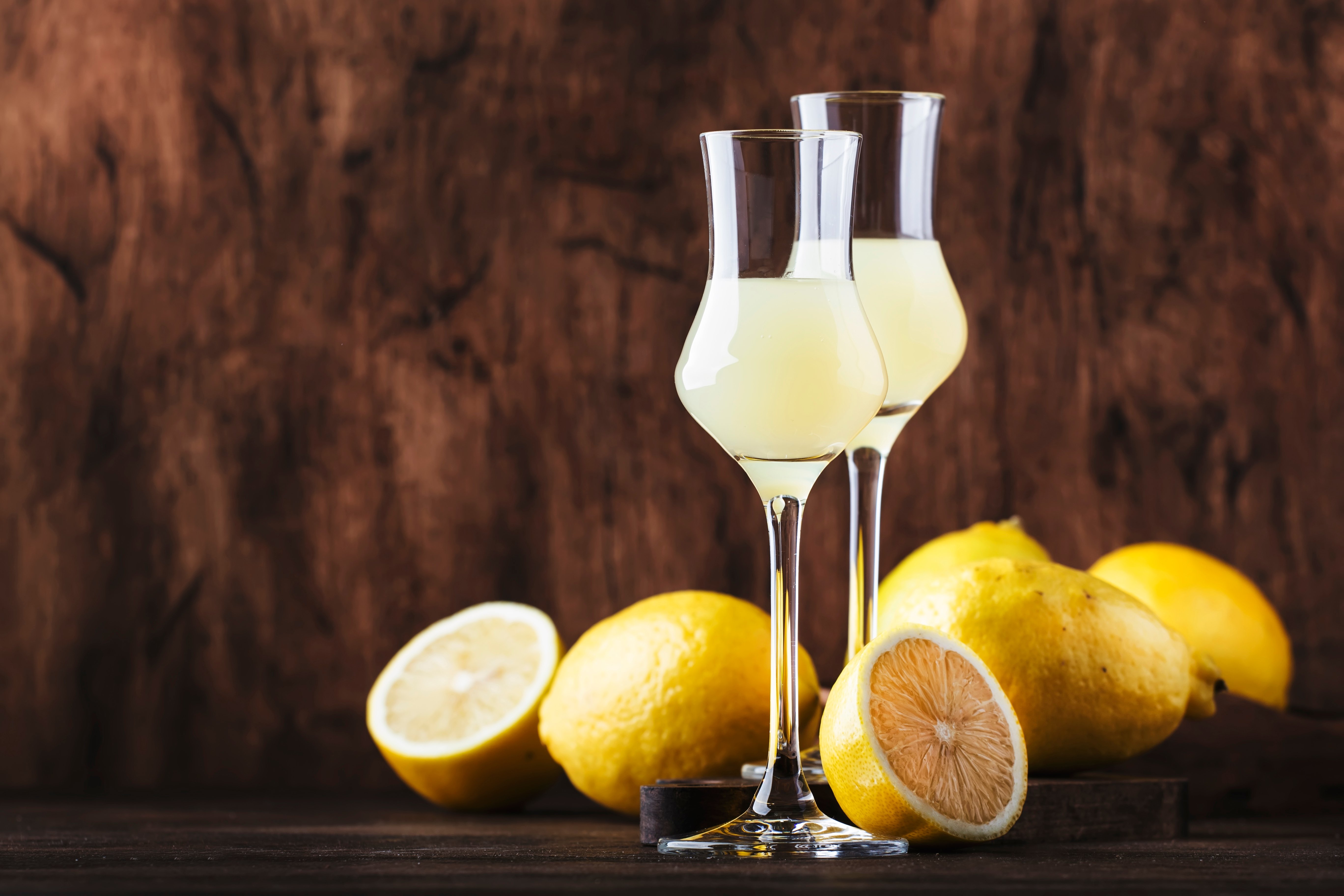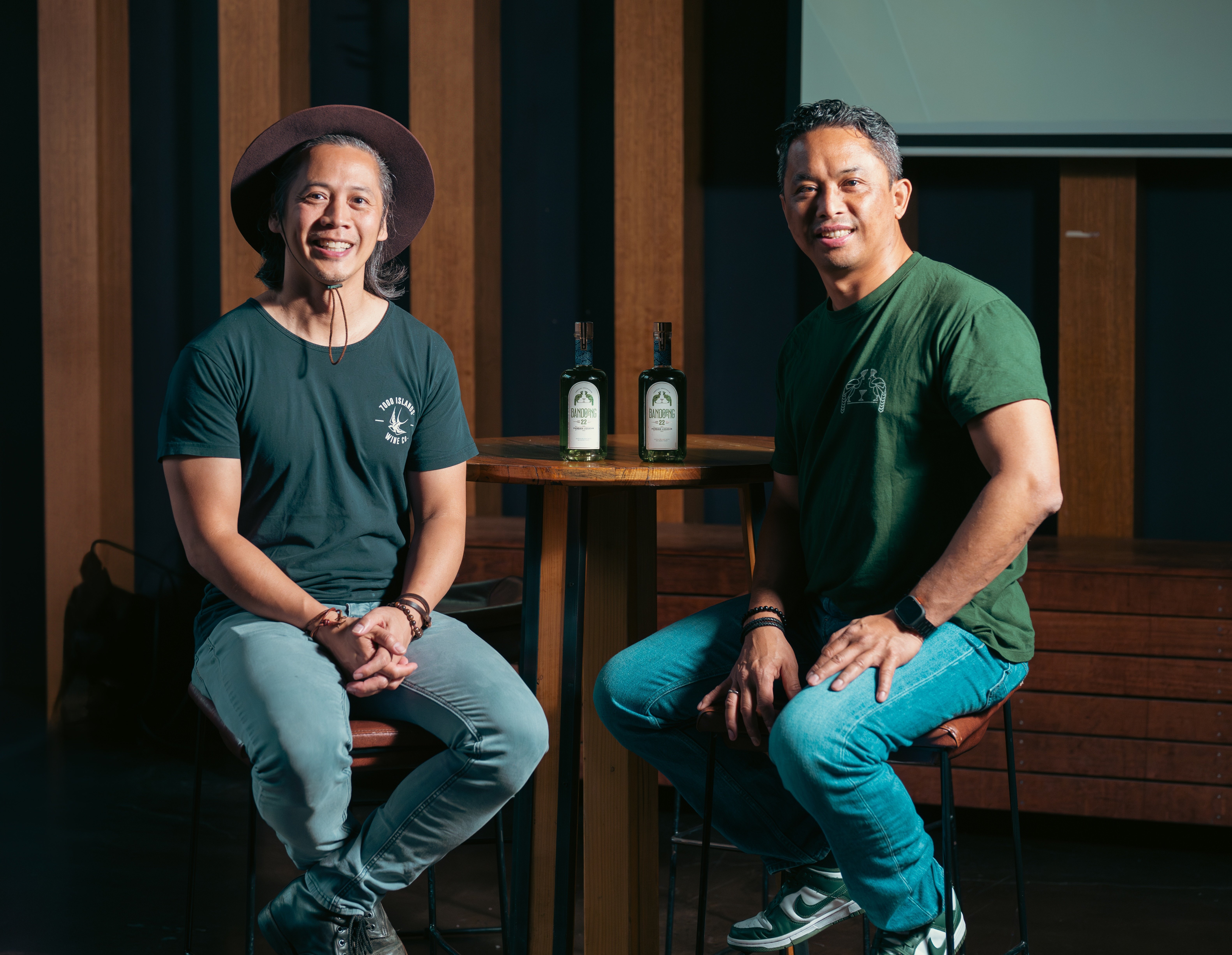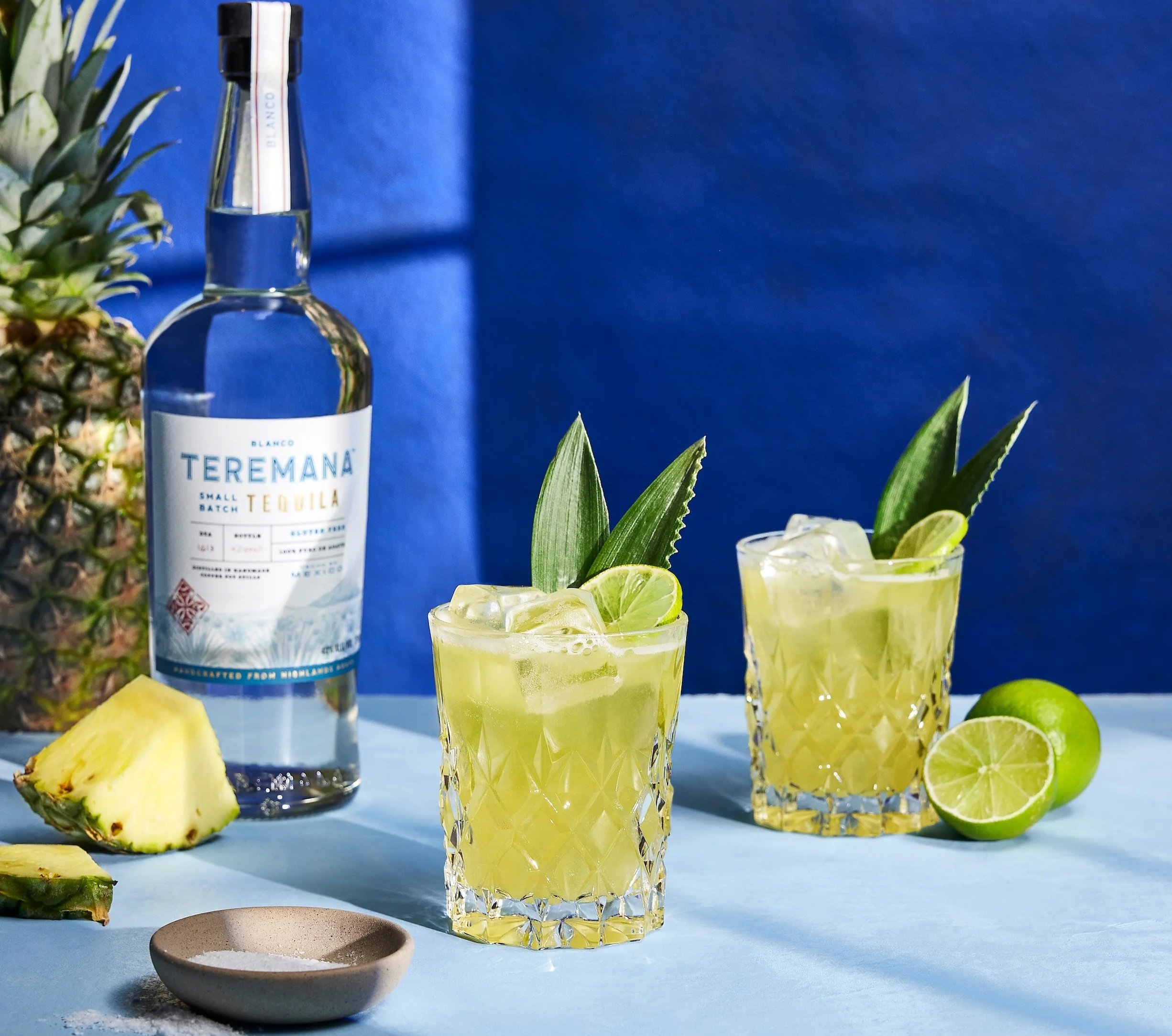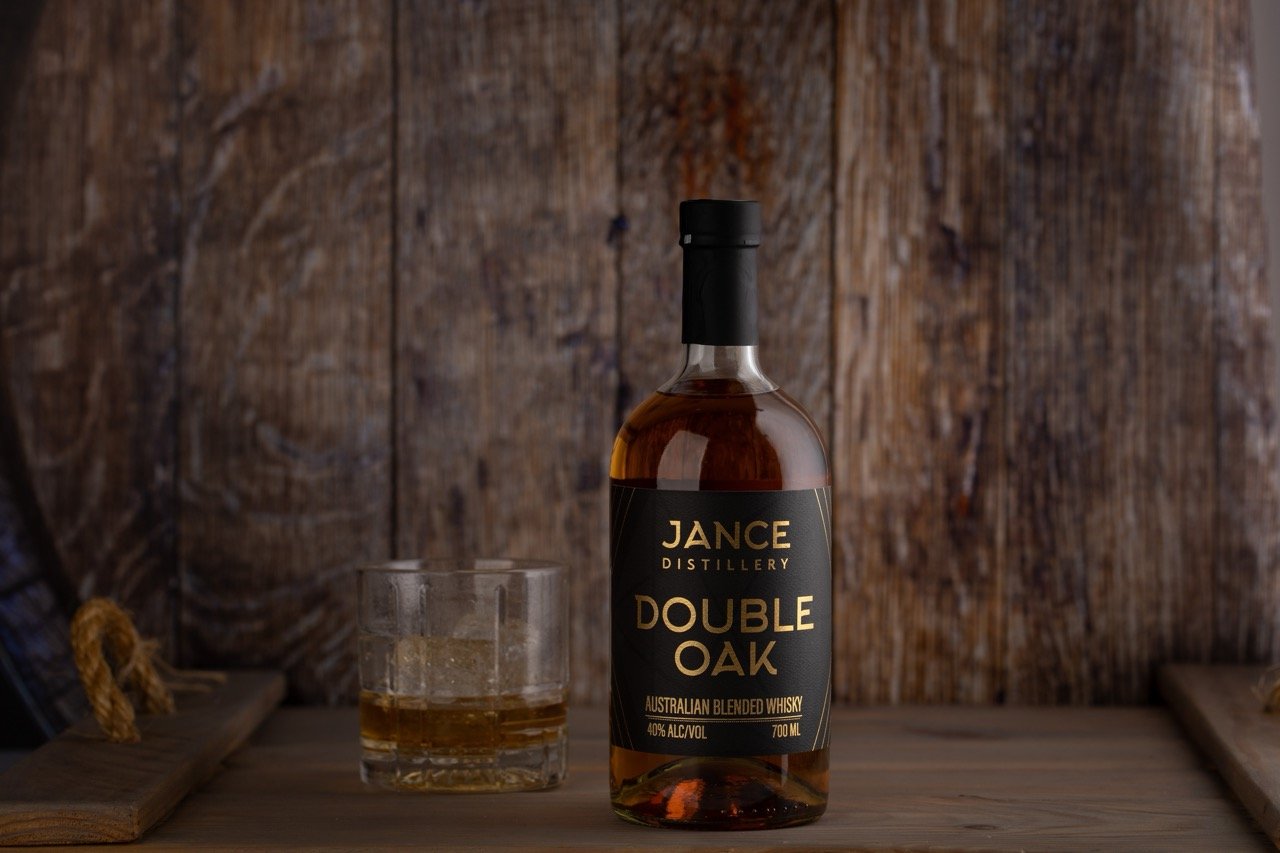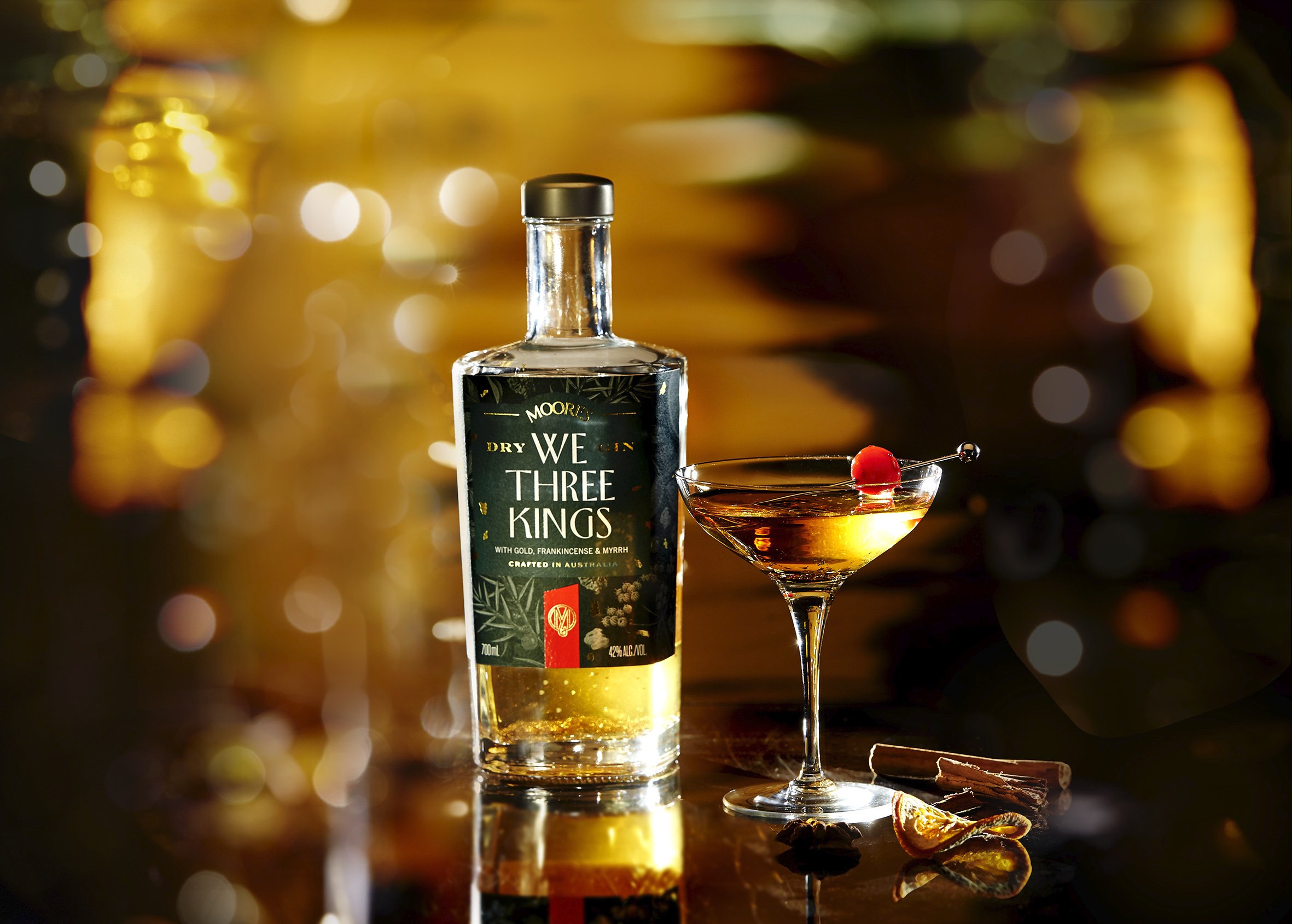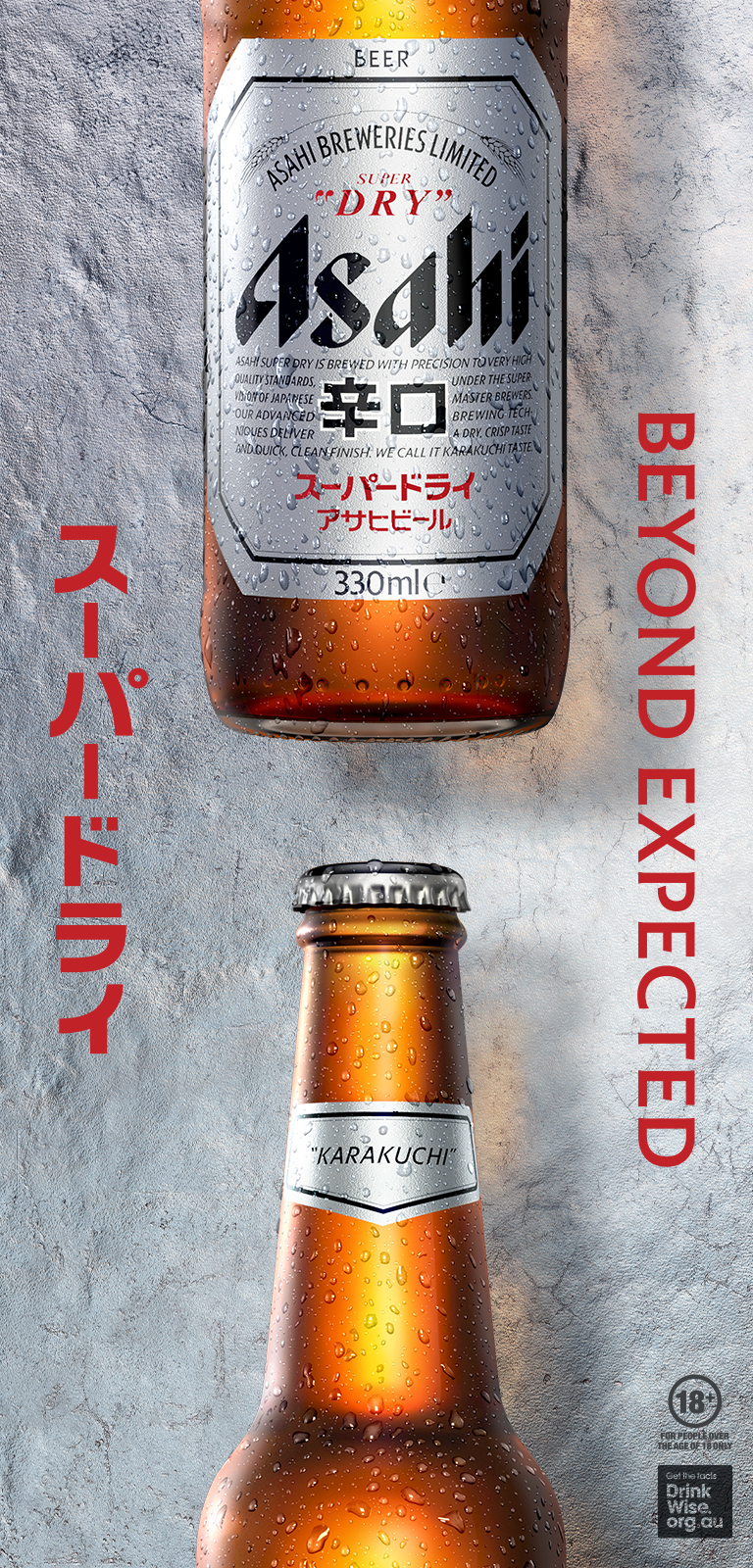In spite of being an essential SKU in just about every liquor retail and venue backbar settings, Limoncello has arguably never achieved the level of serious attention it deserves in Australia. Despite this, both traditional and modern spritzed versions of the drink are currently experiencing a resurgence as the now well-established lemon flavour trend continues.
According to Domenico Cece, Director at Cello Liqueur, “Limoncello is definitely increasing. It's probably the fastest growing alcohol variety at the moment… It's definitely growing very quickly.”
While the IWSR data highlighting Limoncello’s growth combines both traditional styles and modern adaptations, Cece has also seen a notable diversification in the range of occasions in which Cello’s Limoncello - a fourth generation Italian family recipe - is being consumed.
“A lot of Italian families will have it as a digestive at the end of the meal - that's what it's traditionally used for, it's a digestive - but also now a lot of top end, high end restaurants will use it in between courses just as a palate cleanser… Now it's become trendy, even in Italy, for cocktails,” he said.
“So it's sort of killing off the shots. When they used to have shots at the end of the meal, it's now becoming an aperitif, so it's a cocktail before you have any food, so the trend is moving slightly. It's becoming trendier and it's becoming more celebration or cocktails rather than a digestive.”
According to Domenico, the Limoncello category varies significantly in factors such as abv, sweetness, flavour, freshness, and intensity. Heralding from southern Italy, traditional Limoncello is made by steeping lemon zest in a rectified sugarcane spirit to release its oils before mixing in simple syrup.
“It originated in the Naples area of Italy and it's all about celebration,” he said.
“Italians come together just at the end of the meal to sort of cheers everyone and good health and all this sort of stuff [and] they'll have a shot of Limoncello. It's also to cleanse your palate and give you a digestion from eating a big meal of pasta (or whatever).
“So that's what they used it for initially. But like I said, it's changed now. It's become trendier.”
While many of the commercial Limoncello producers commonly stocked in export markets are made using substitutes for fresh fruit, Cece believes that the quality of the lemons is the most important factor in Limoncello production.
“Many alcohol companies out there use essence and stuff like that; and I don't think you can get the real flavour of the lemon using an essence,” he said.
“You have to use the real fruit, a bit more labour intensive, but I think that's why ours is probably regarded as the best.”
In 2010, Cello Limoncello was named the world’s best at the London International Wine & Spirits Challenge in 2010. Despite his success, Domenico proudly credits his Limoncello recipe to his mother.
“We still do exactly the same recipe, it's just that we've upscaled it,” he said.
“They used to just do it in little jars with normal caps, like an olive jar or something like that. So they used to do like a half a litre or something. We now do batches of 150 to 300 litres of alcohol at a time.”
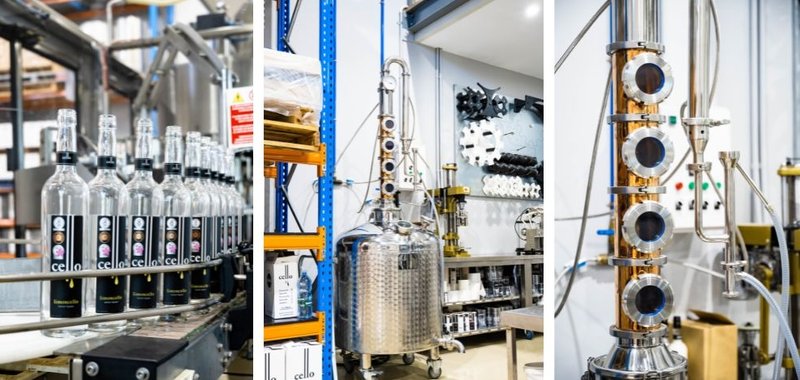
All lemon used in Cello Limoncello is sourced locally from Mangrove Mountain and Kulnura.
“So mum's showed me what to look out for, for lemons and all that sort of stuff. So when I do go, even though they ring me and they say, we've got lemons for you, I go there, I scratch the peel and if the oil doesn't ooze out of it, I just say no thanks. So yeah, it's the oil that's important.
“I think it's important to use the freshest lemons, but lemons with an abundance of oil in the peel… A lot of people here think that we don't have big lemons, we don't have those thick skin lemons, but I can guarantee you that we do, it's just that Woolies and Coles and the fruit markets and all that want the perfect lemon, which is probably the size of your palm, you know, the perfect shape and no imperfections to it. But I prefer the imperfections because the rougher the skin, the more oil it has in the peel. So that's what I look out for all the time.”
“In Italy, you've got the Villafranca lemons, which are in Sorrento. Here you've got the Eurekas, which are very similar. Eurekas would be the best to use to make limoncello."
Cello Limoncello retails at $42 per 375ml bottle (or $65 per 700ml bottle) and can be sourced through Expedition Trade, Paramount and ALM, (NSW) C.I.R Fine Foods (WA), Back 2 Basics Traditions (SA), Jayden Nicholls (VIC), and Italian Wine Connection (ACT).
To finish off the chat, Drinks Trade asked Domenico Cece how he likes to drink his Limoncello.
“I do like it on the rocks, but I really like the Limoncello Sour, it's one of my favourites,” he said.
“It's very, very simple, all equal parts: So a shot of Limoncello; a shot of Aperol; a shot of lemon juice; I'd probably go half a shot of sugar syrup; and a shot of egg white.”
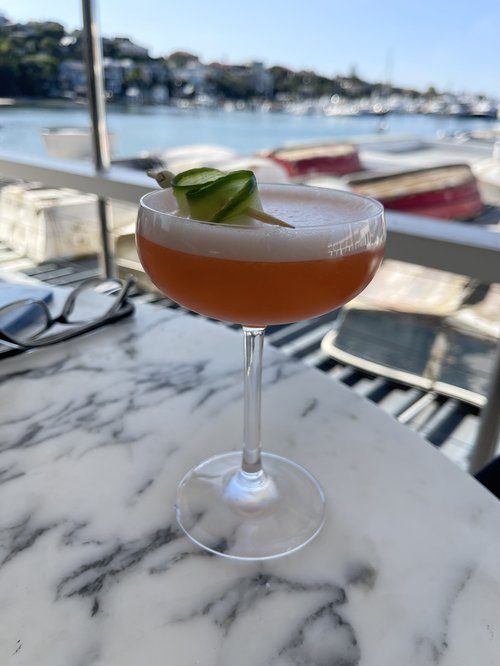
//
Previously featured in Drinks Trade’s Explained series is Mead, by this RTD producer, Rakia, explained by 36 Short, and Zinfandel, explained by Lowe Wines.
Share the content
